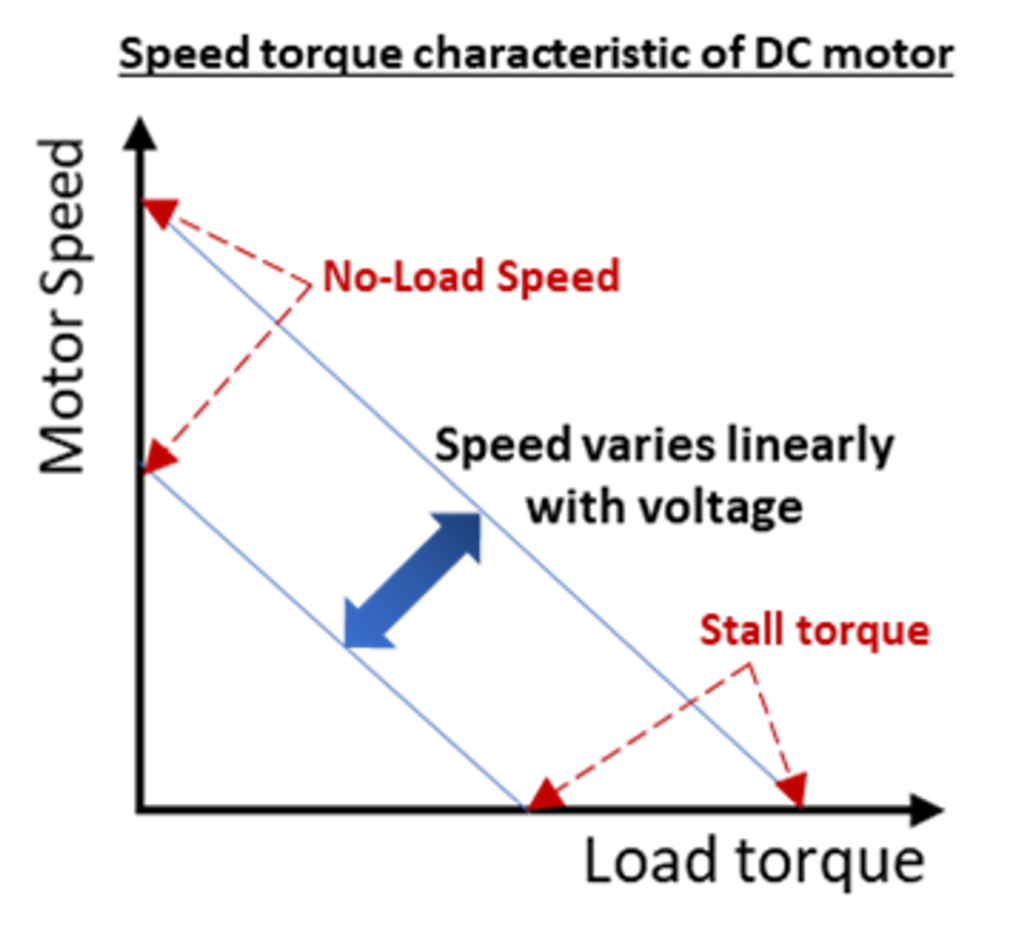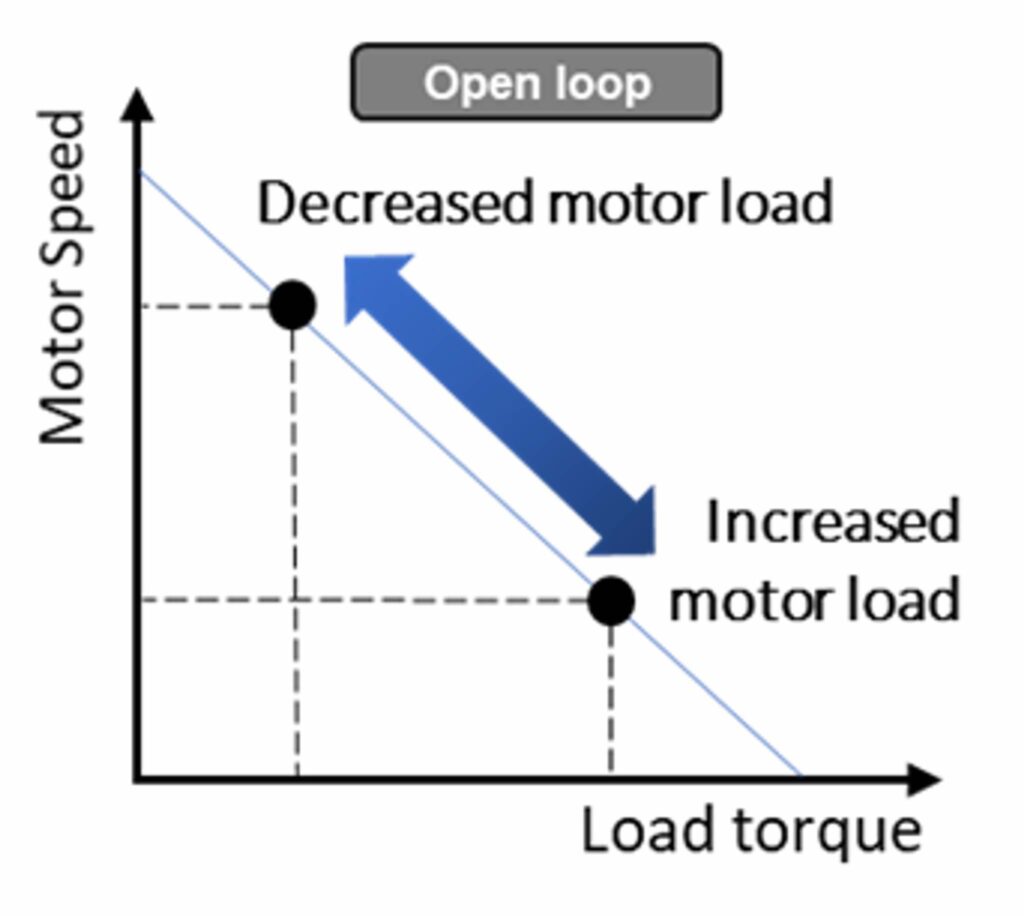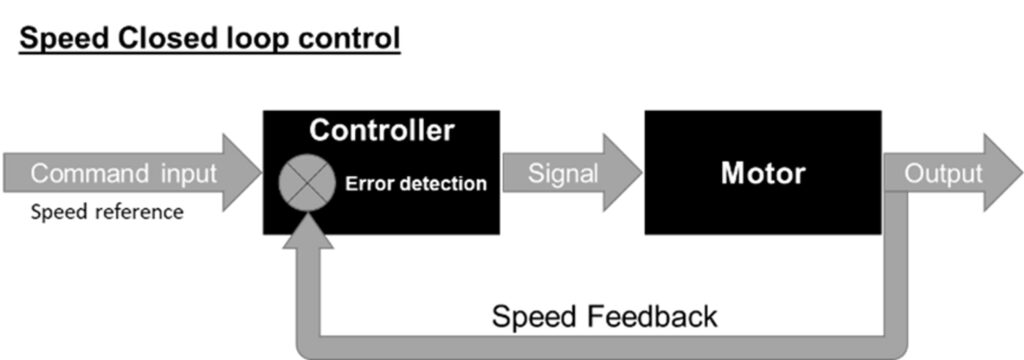For some miniature DC applications, such as certain types of surgical hand tools, a closed-loop control provides stable speed regulation under increasing and fluctuating loads. Understanding whether open- or closed-loop control is required, along with how speed will be controlled, is a vital design consideration for OEM engineers that should be established at the earliest stage of development. Samuel Klein explains how to achieve closed-loop DC motor control
For many applications, DC motors are often driven in open loop. This means there’s no feedback from the output stage provided to the motor’s input. The speed of an open loop motor is controlled by regulating the voltage. However, when a load is applied, such as the resistance of a drill bit against a dense material, the motor’s rotational speed will decrease. The magnitude of this decrease depends on the motor’s speed-torque characteristic.
A motor’s speed increases or decreases in a linear relationship with the input voltage. Dependent on the voltage, the extremes of the motor’s limits are defined by the no-load speed, which represents the motor’s maximum speed, and the stall torque, where the load will prevent the motor from rotating. Between these limits, rotational speed decreases according to the load, based on the motor’s speed-torque characteristic.
Applications like a power drill or electric screwdriver for home use can usually tolerate a decrease in speed as the load fluctuates or increases. Using a more powerful motor as well as adding a gearbox can maintain speed and torque as the load increases. However, this will add to the footprint, mass, and cost of the application. It also will not resolve the issue of speed fluctuations, which will still occur. Some applications demand accurate and stable speed control, such as a peristatic pump or certain surgical power tools. To continuously regulate speed in a DC motor at a desired point, a controller with closed-loop speed control is required.
Closed-loop control
When feedback from the motor’s output, including its speed, is returned to the input stage, this process effectively ‘closes the loop’ of control. This enables adjustment of the output as required.
To achieve this, a controller continuously measures the speed of the motor, while feedback is provided by devices such as Hall sensors, encoders, or any process that monitors the motor’s electromotive force (EMF). The controller compares the actual speed output to the input reference and readjusts the voltage or current to maintain a constant speed according to the input command.
Whether closed loop or open loop control methods are used, the input voltage and current are limited as a result of the design of the motor and wider system, or by the actual power supply. As a result, motor speed and torque are also limited accordingly.
Surgical hand tools
Surgical hand tools can work either in open loop or in a closed loop and the selection depends on requirements of the application. With closed loop speed control, the user will press the button to define the requested speed.
When drilling or cutting commences, a load is applied, but the actual output speed of the tool will remain stable and consistent, even if the torque load increases. This means that the surgeon does not have to press harder on the button to maintain speed, reducing stress on the operator, which could be vital for long procedures. Most significantly, this closed-loop approach can provide more control if a stable speed is required throughout.
Alternatively, with tools that control speed by regulating voltage, this is determined by how hard the surgeon squeezes the trigger. When a load is applied, the speed drops, and the surgeon manually controls the process depending on the pressure they exert. This approach might be preferred for applications that give the surgeon more flexible control over a process, where a constant speed isn’t vital.
Design considerations
Though DC motors are typically driven in open loop, introducing a closed loop can increase precision in speed control for critical applications. Speed control considerations, including selection of the optimum approach and its implementation, are crucial to most motion systems. Furthermore, as speed can impact or depend on wider attributes such as voltage or torque, engaging early on in the design stage with a motion specialist is advantageous to optimise the outcome of the project as a whole
Samuel Klein is an Application Engineer at miniature motion specialist, Portescap.
 Engineer News Network The ultimate online news and information resource for today’s engineer
Engineer News Network The ultimate online news and information resource for today’s engineer








